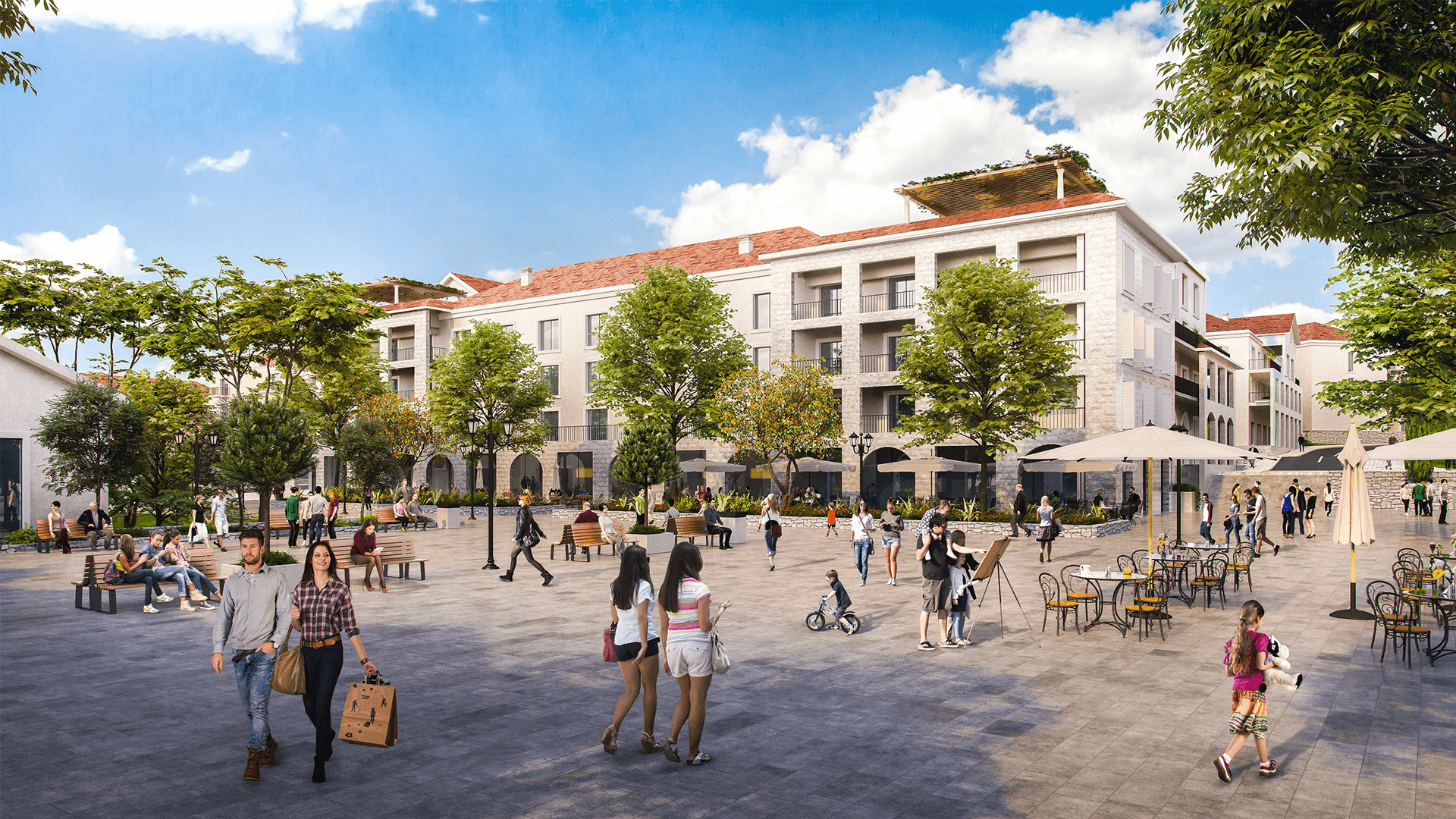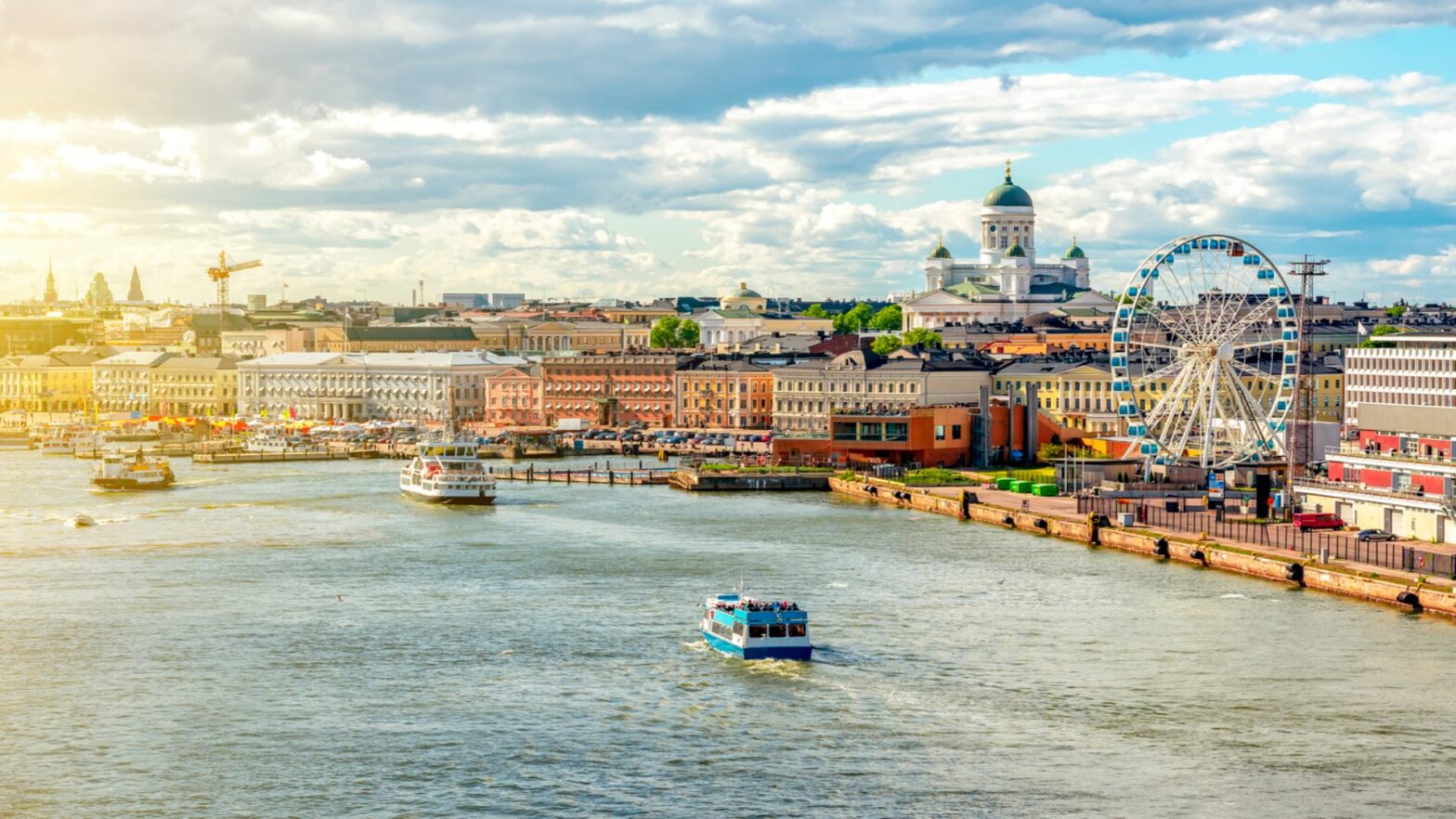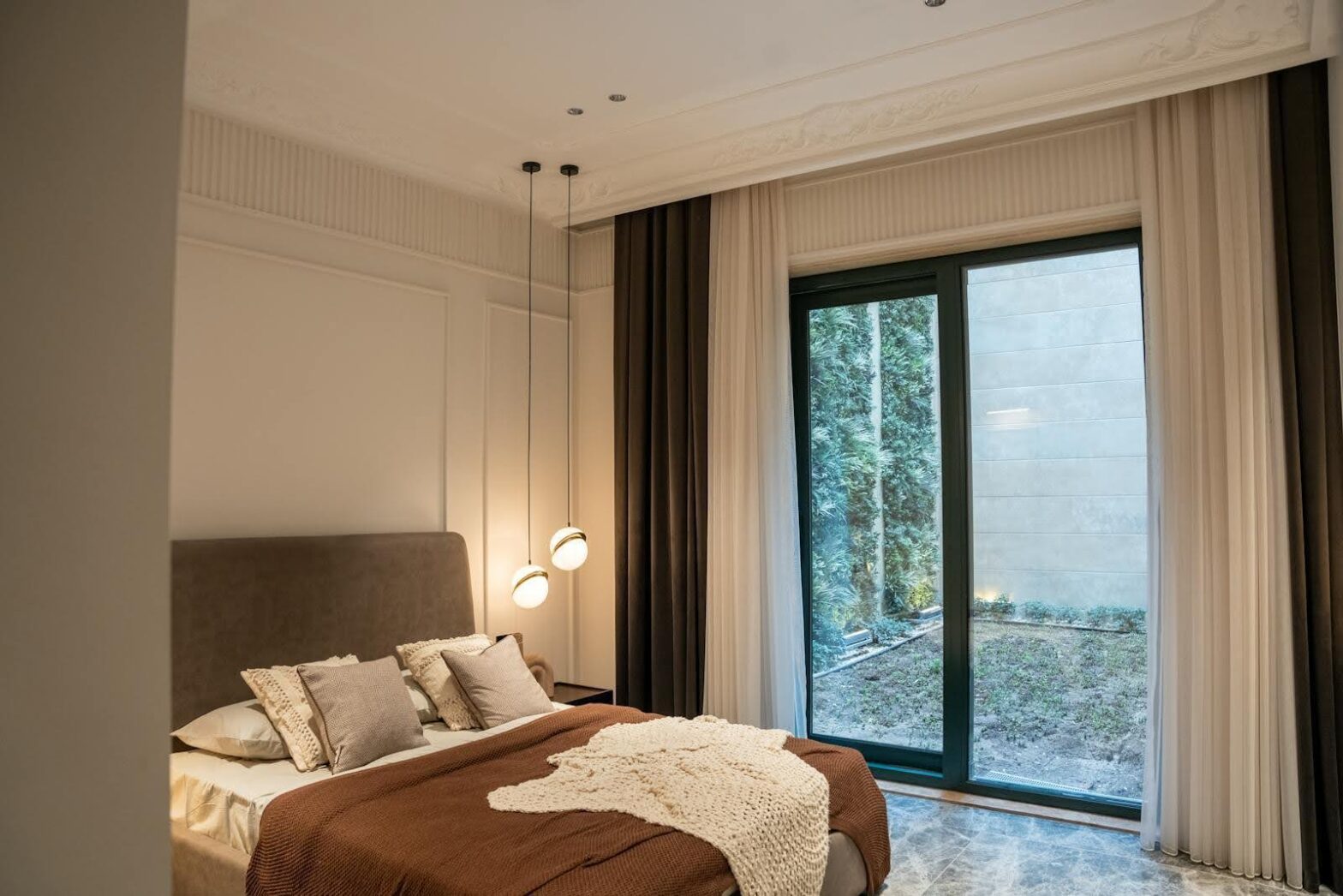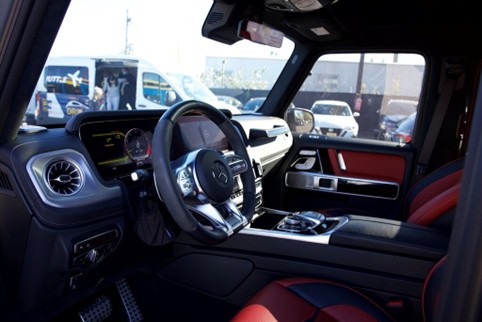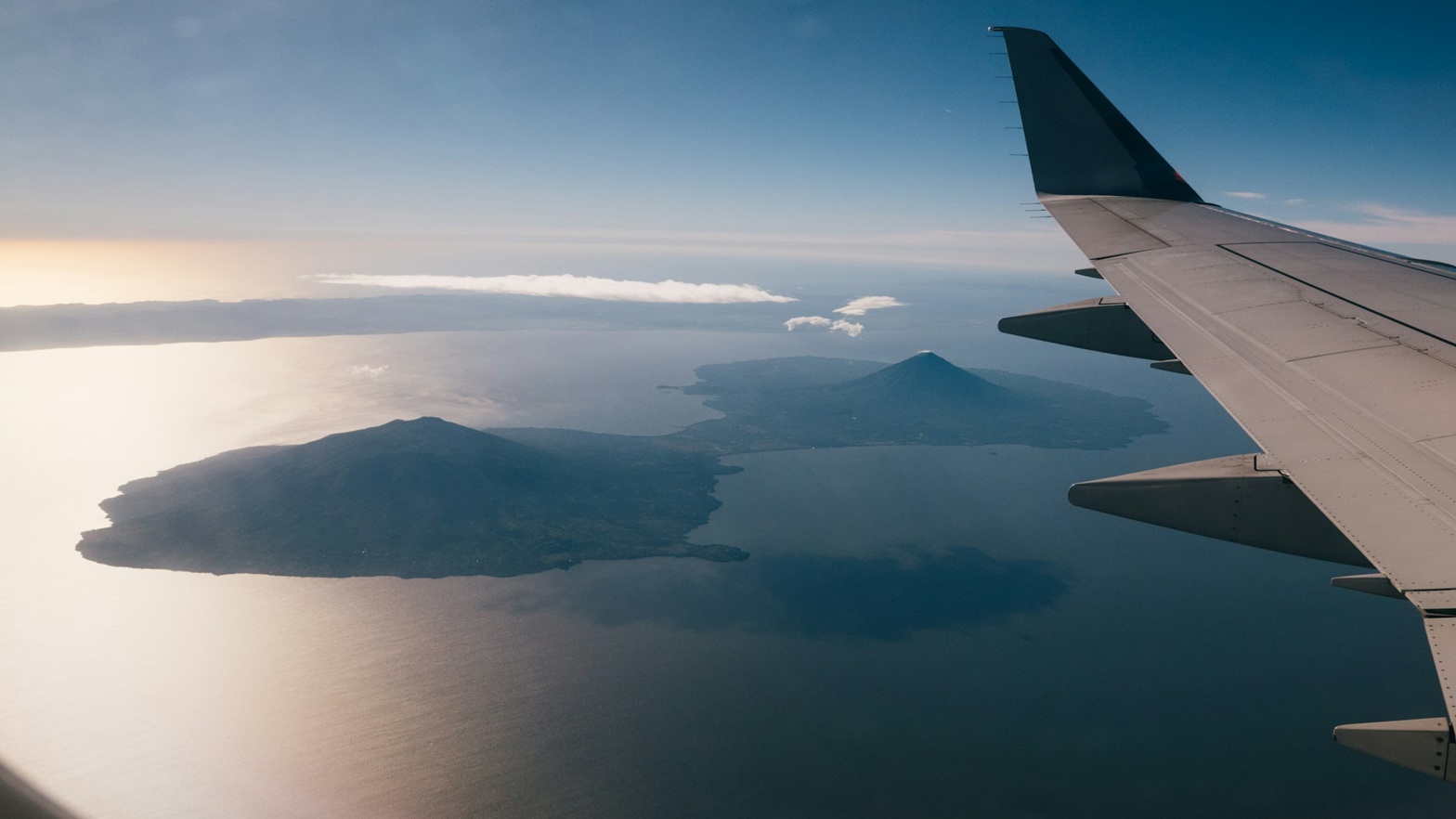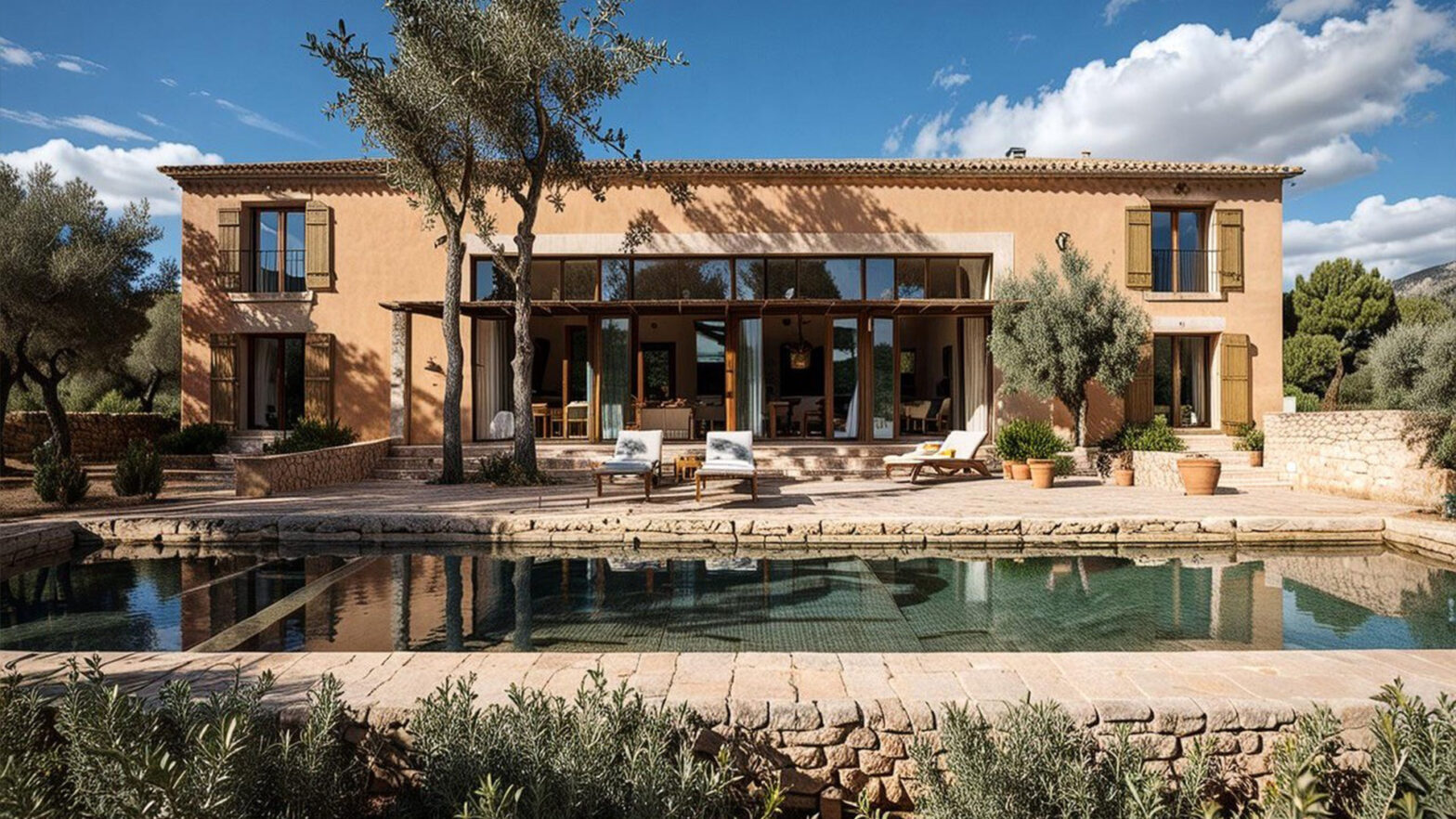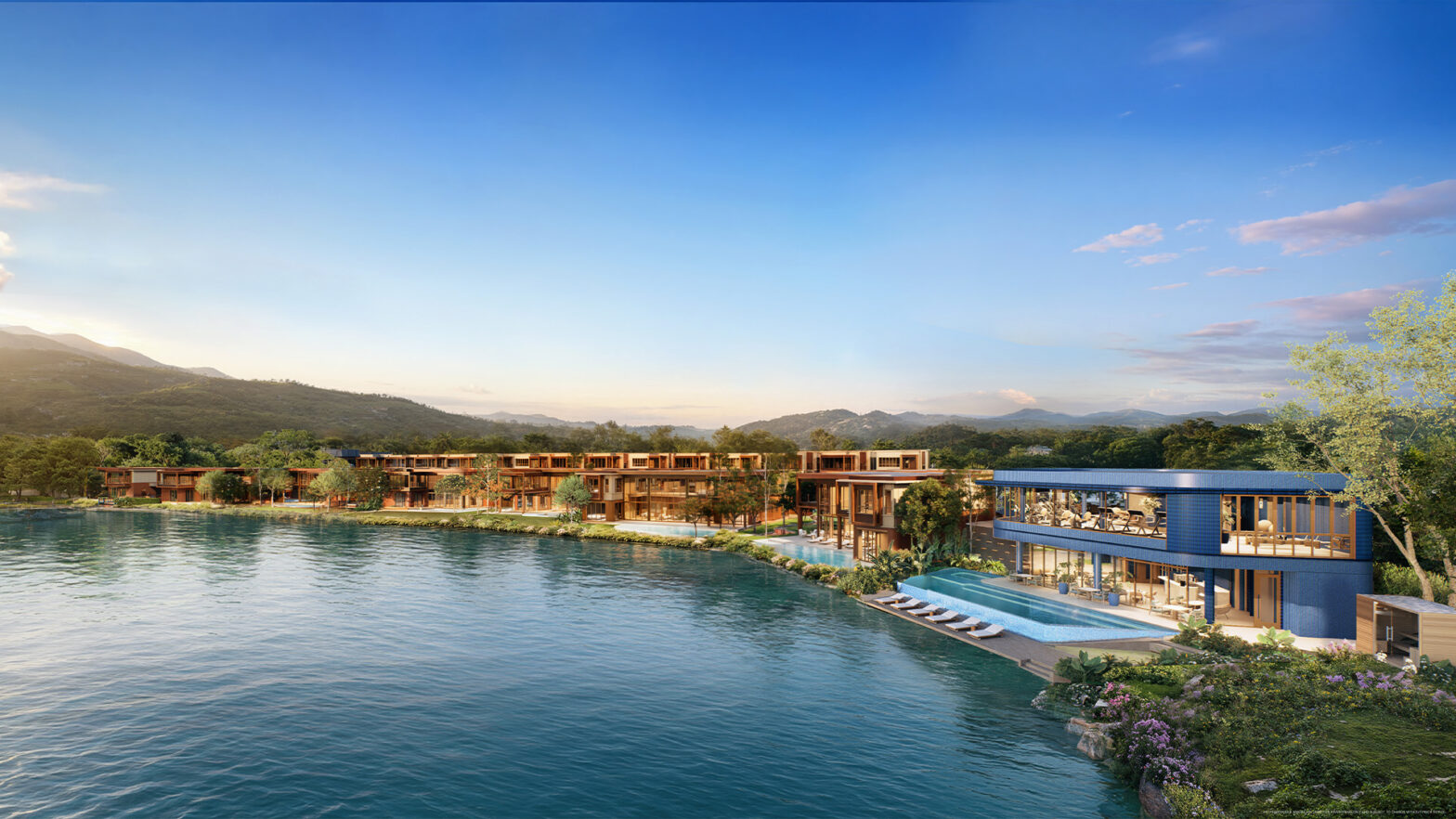Luštica Bay, the emerging 690-hectare Montenegrin coastal town offering waterfront residences, hotels, berths, golf & lifestyle facilities is delighted to announce the launch of its second village and town centre Centrale
Centrale is the commercial and administrative hub, culture centre and verdant gathering space; a new focal point for the community and a metropolitan hub for the surrounding area. It is suited to young professionals and families, and ideal for secondary or vacation homes. The masterplan envisages a population of approximately 3,500 during the peak summer months, with up to 1000 permanent residents through the year.
Chief Executive Office of Luštica Bay, Darren Gibson, commented: “Luštica Bay aims to sell not only secondary and vacation homes within Centrale but also become a home for permanent residents, a vital part of creating a prospering all-year round community. Designed to impeccable standards and inspired by traditional Montenegrin architecture, the properties blend the old with the new, the comfortable with the cutting edge for an active and healthy lifestyle on the Adriatic Sea.
After such as successful milestone in 2018 with the completion of Marina Village, including the launch of The Chedi – the first of seven hotels, and the main marina, we are very proud to be announcing Centrale – set to become the beating heart of Luštica Bay and coastal Montenegro.”
Strategically located at the entrance of Luštica Bay, and the junction of the development’s main roads to the golf course, marina and beach, Centrale will be an essential connector between the new residential areas, and surrounding towns in the area. It is also only 10 minutes by car from Tivat International Airport, and not far from the old-world charm of Kotor and Perast and buzzing centre of Budva.
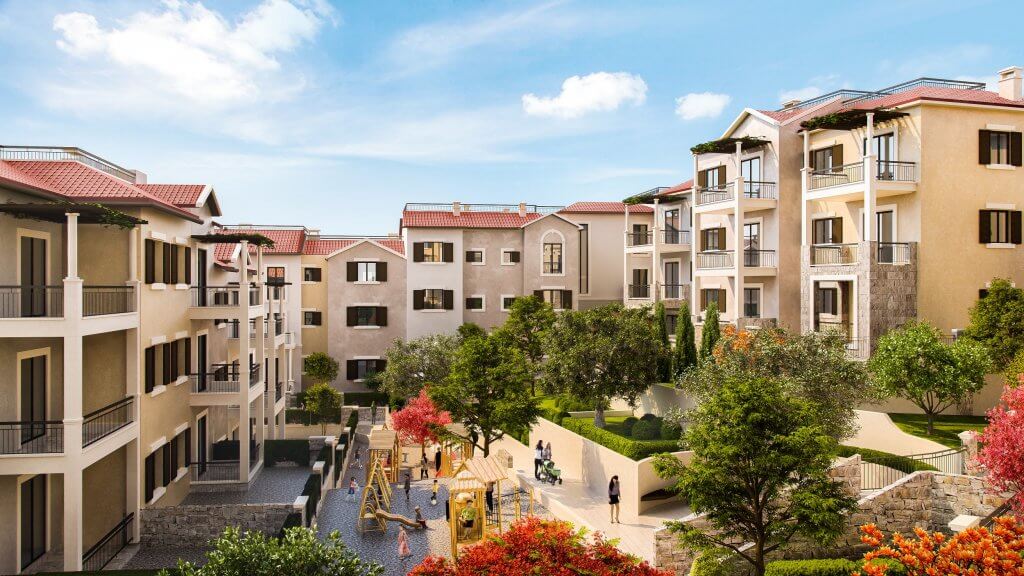
Connected apartment blocks spanning four floors will be located on the main road, and in the central commercial area forming the heart of the new village. Moving out towards the edges of Centrale will be a range of detached apartment blocks spanning three floors and featuring nine to twelve apartments each. The residences vary from studios to three-bedroom apartments covering 45 to 110 square metres. The rooms flow naturally into balconies, open terraces, and courtyards making for seamless indoor-outdoor living
Residential apartments and public buildings will sit side by side designed to reflect the local vernacular and to create a sense of privacy and space. Centrale will feature a range of shops, boutiques, restaurants, bars, galleries, entertainment, and public facilities. The first development phase will see the construction of a school for up to 180 students with sport courts, community space, supermarket, health care centre, and local emergency stations, covering both police and fire stations. The latter stages of development envisage a hospital or health care facility, and higher education institution.
In the very heart of Centrale will be an esplanade, spanning 34 metres, framed by an arcade for shopping and dining, and a Festival Piazza, which will become a multi-purpose town square for outdoor gatherings and events, particularly during the warm summer months. The historic remains of the Austro-Hungarian coastal fortification will become a public space and viewing platform with arresting views of the sea.
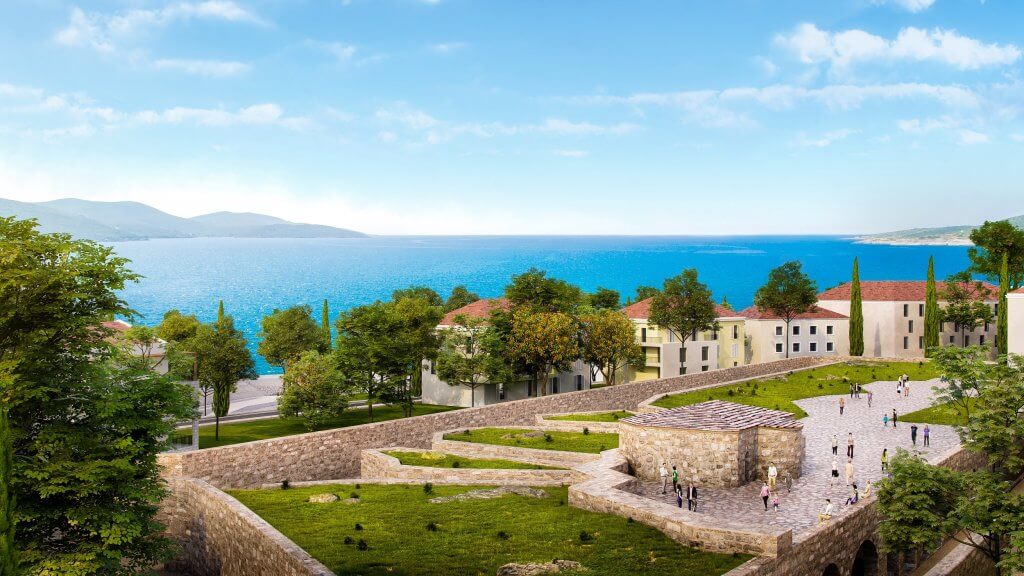
There will be a range of green spaces to make the most of the clean sea air and year-long sunshine, the developer, Orascom Development Holding, has created a sustainable design that seamlessly integrates with the natural topography and makes the most of solar energy and natural ventilation. Centrale’s buildings, streets, and piazzas will be intermingled with park-land and native trees and plants, with green areas set to cover 23% of the area, and 5% to be public spaces with landscaping.
Property owners in Montenegro can obtain a residence permit for a period of a year, but the Montenegrin Government has also recently launched a new development programme, which provides buyers with the possibility of acquiring Montenegrin citizenship solely based on their investment.
Investing here offers competitive yields, a strong increase in property value over time, a flat and competitive tax system, economic stability, and growing tourism. Montenegro adopted the Euro in 2002, and the recent admission to NATO and EU candidacy demonstrates the country’s ongoing commitment to internal and international security and stability.








